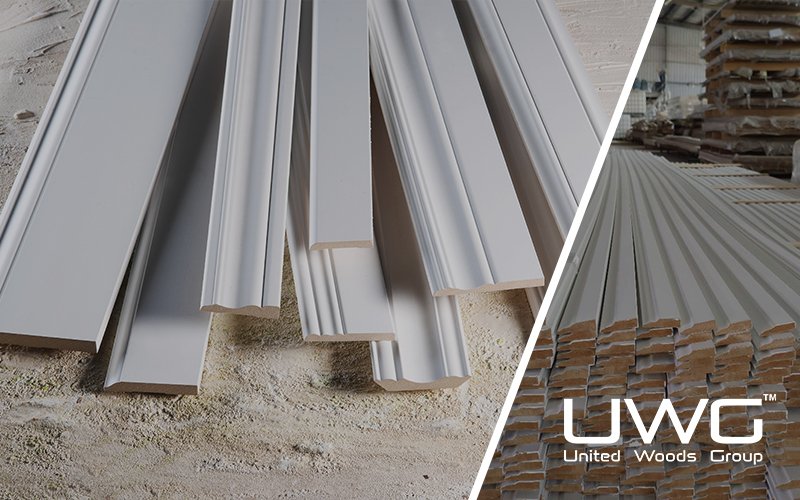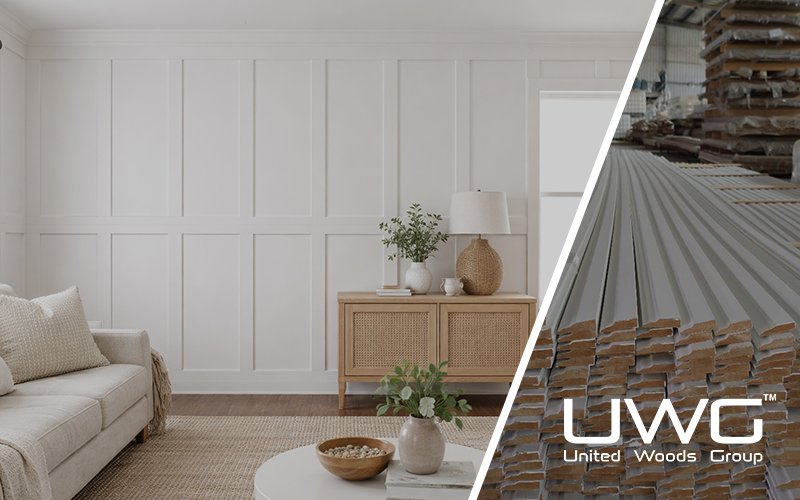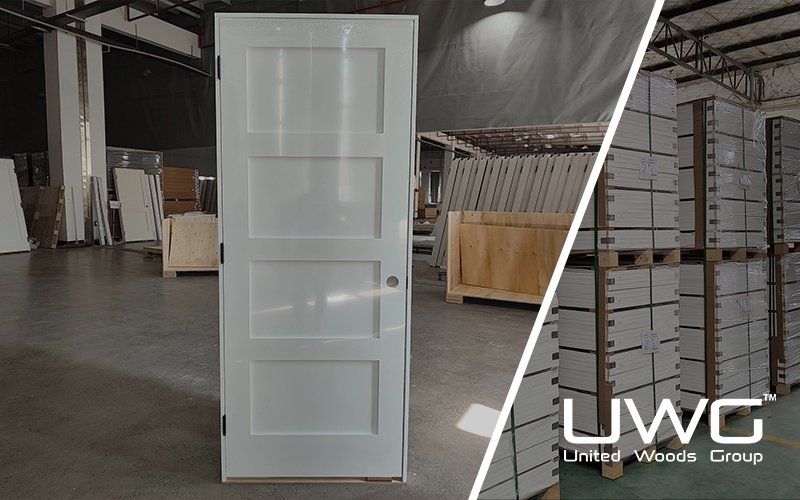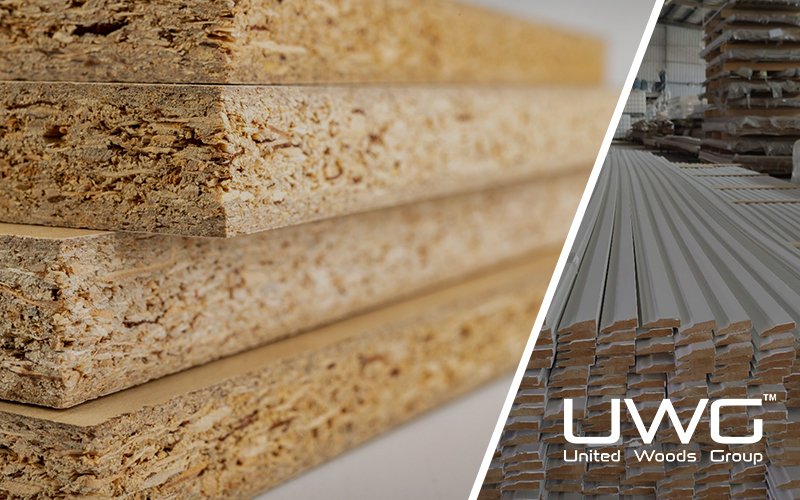It’s not uncommon to find interior doors closing by themselves on a construction site, but this issue can point to problems with installation or the building’s structure. While it might seem minor, it can impact the overall quality of the project and affect client satisfaction. In this article, we’ll explore the common causes behind this problem and provide practical solutions that can help builders address it efficiently, ensuring better project outcomes and avoiding unnecessary rework.
There are a number of potential causes for this issue. These causes often stem from common construction errors or issues with the building’s structural integrity that can lead to unintended consequences during daily use. Let’s break down the most frequent culprits.
Problem Description:
Interior doors that close by themselves without the aid of door closers may indicate several issues in the construction process or in the building’s ongoing settling. These issues can have a significant impact on the acceptance of the construction project by the client and may negatively affect the building’s usability. For builders, understanding and addressing this issue is vital for ensuring that the project meets the client’s expectations and conforms to construction standards.
The problem typically manifests as doors that swing shut unexpectedly or with such force that they may cause damage to surrounding walls, doors, or frames. In the worst-case scenario, this issue can also lead to safety hazards, especially in high-traffic areas where the automatic movement of doors may obstruct passageways or create other disruptions.
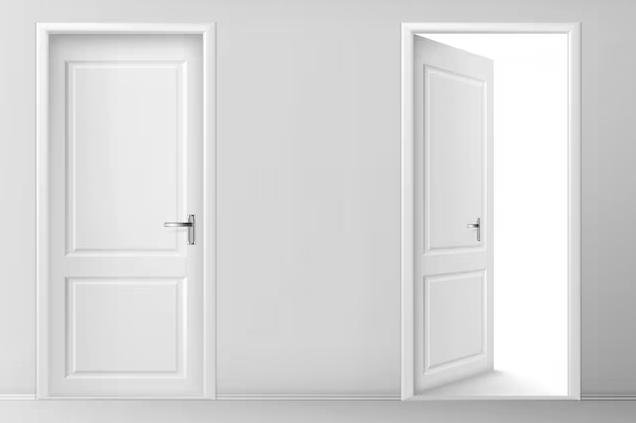
Common Causes of Doors Closing by Themselves:
The following are the most frequent causes of interior doors closing automatically:
- Door Frame or Installation Not Vertical: If the door frame isn’t perfectly vertical or square, it can cause the door to hang unevenly. This misalignment can result in the door closing due to gravity. Construction errors or improper installation are typically to blame here. If the frame isn’t level, the door will naturally gravitate towards closing, as its weight pulls it down.
- Uneven Ground or Floor Settlement: A common issue in buildings with settling floors is the sinking or tilting of doors. As the floor shifts over time, especially in newly constructed buildings, doors may lose their alignment. This causes the door to swing towards a closed position, even without the intervention of external forces.
- Loose Hinges or Uneven Resistance: Hinges that are improperly installed or have become worn over time can contribute to doors closing on their own. If the hinges are loose or the resistance is uneven across the door’s height, this imbalance will cause the door to move of its own accord. Improper installation of hinges or the use of low-quality materials can also lead to this issue.
- Airflow (Ventilation or Building Pressure Differences): Often overlooked, airflow is a common contributor to doors closing automatically. Differences in air pressure across different parts of a building—whether due to air conditioning, ventilation, or natural drafts—can exert force on the door, causing it to swing shut. This issue is especially prominent in large buildings with complex HVAC systems, where air pressure variations are more pronounced.
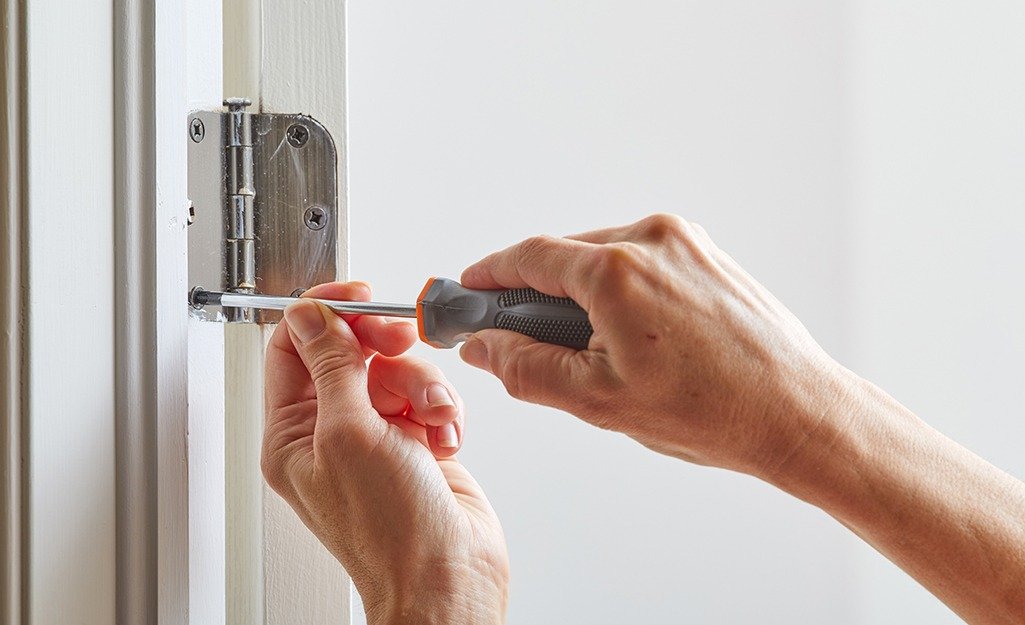
Solutions for Builders (B-End Users):
Now that we’ve identified the causes of doors closing by themselves, let’s look at solutions that can help builders prevent this issue and improve overall project quality.
- Align the Door Frame to the Floor Before Construction: Ensuring that the door frame is perfectly vertical and level before installation is crucial. Any deviation during the construction phase can lead to the door’s natural closing movement. Builders should take extra care to check the door frame alignment both horizontally and vertically, using the correct tools and leveling methods. This will prevent the door from closing under its own weight, improving functionality and longevity.
- Use High-Quality Hinges and Perform Precise Installation: The quality of the hinges used in door installation plays a significant role in preventing issues like self-closing doors. Builders should choose hinges that are durable, precise, and suitable for the door’s weight and design. Additionally, correct installation techniques are essential to ensure the door swings smoothly without unwanted movement. High-quality hinges will also reduce the need for future maintenance, offering long-term cost savings.
- Install Door Closers When Necessary: In certain situations, especially in public buildings or areas where automatic door closing is required (e.g., fire-rated doors or high-traffic areas), installing door closers is a practical solution. A door closer ensures that the door will close gently and predictably, preventing it from slamming or swinging due to external factors like airflow. Builders should assess the need for door closers based on the project’s requirements and customer needs.
- Inspect the Door’s Automatic Closing Status During Construction Acceptance: As part of the final construction inspection, builders should verify that doors are operating as expected. This includes ensuring that the doors do not close by themselves unless this feature is desired and properly installed. By conducting thorough inspections during construction acceptance, builders can avoid customer complaints, reduce the likelihood of rework, and ensure that the final product meets quality standards.
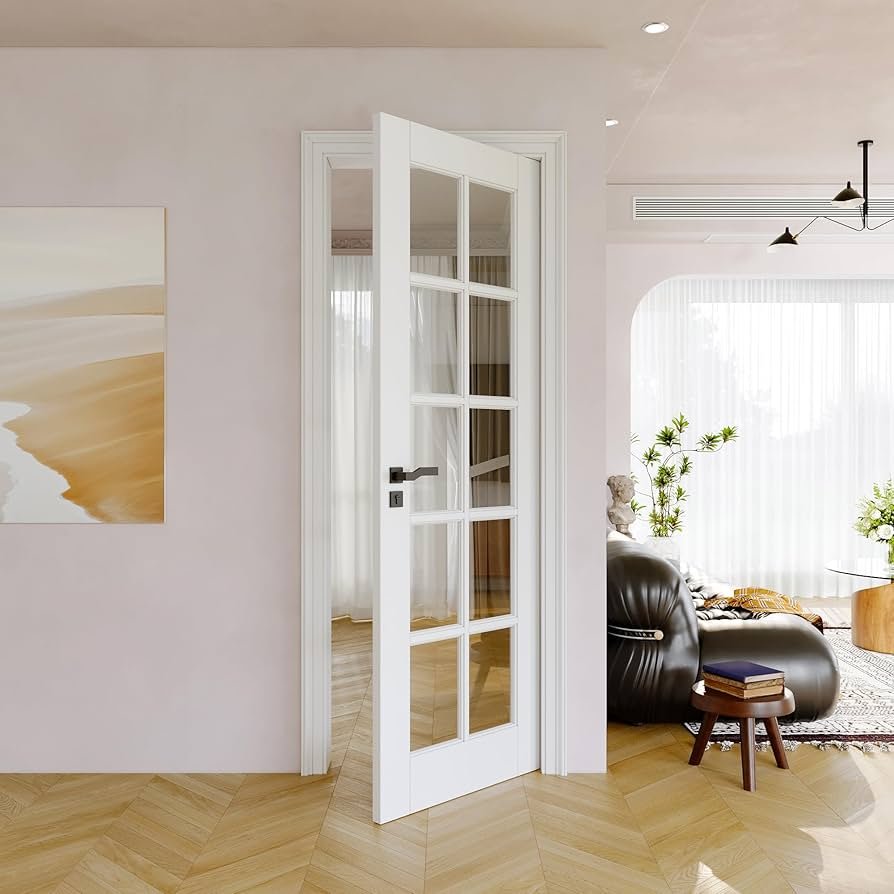
summary
In conclusion, doors closing by themselves during or after construction is a sign of potential issues that need to be addressed by builders. Whether it’s improper door frame alignment, settling floors, faulty hinges, or airflow, these problems can impact the overall quality of the build and customer satisfaction. However, by adhering to best practices—such as ensuring proper alignment during installation, using high-quality materials, and considering the installation of door closers when necessary—builders can avoid these issues and deliver a more reliable and durable product.



